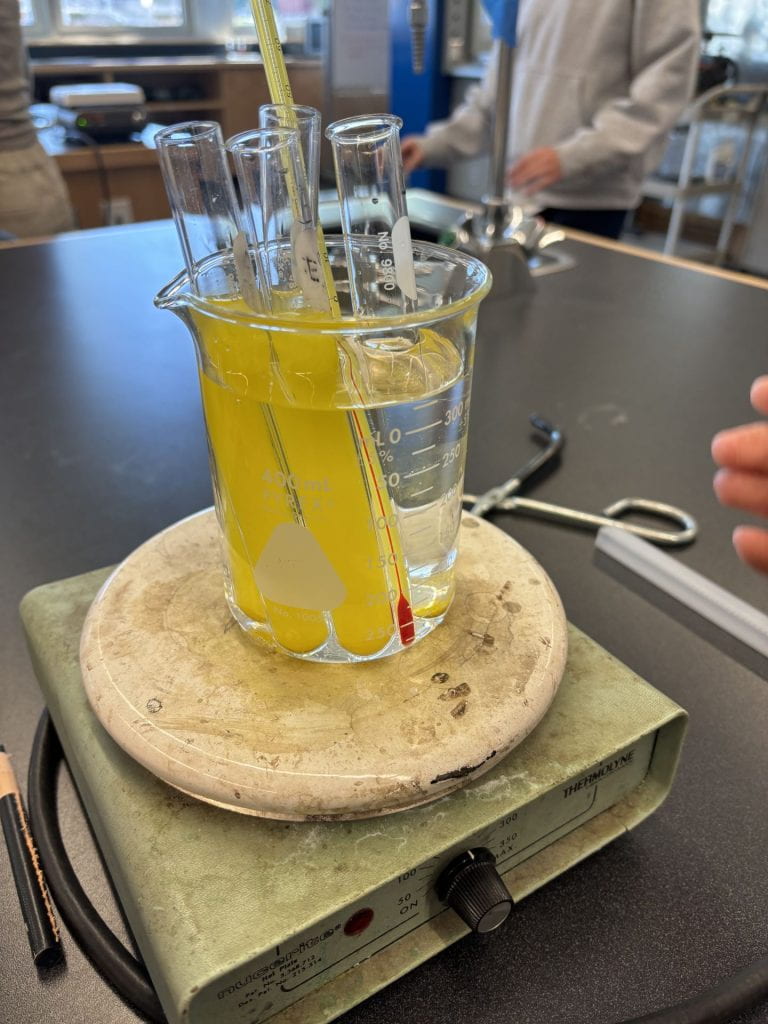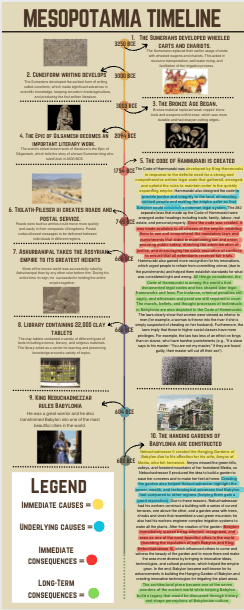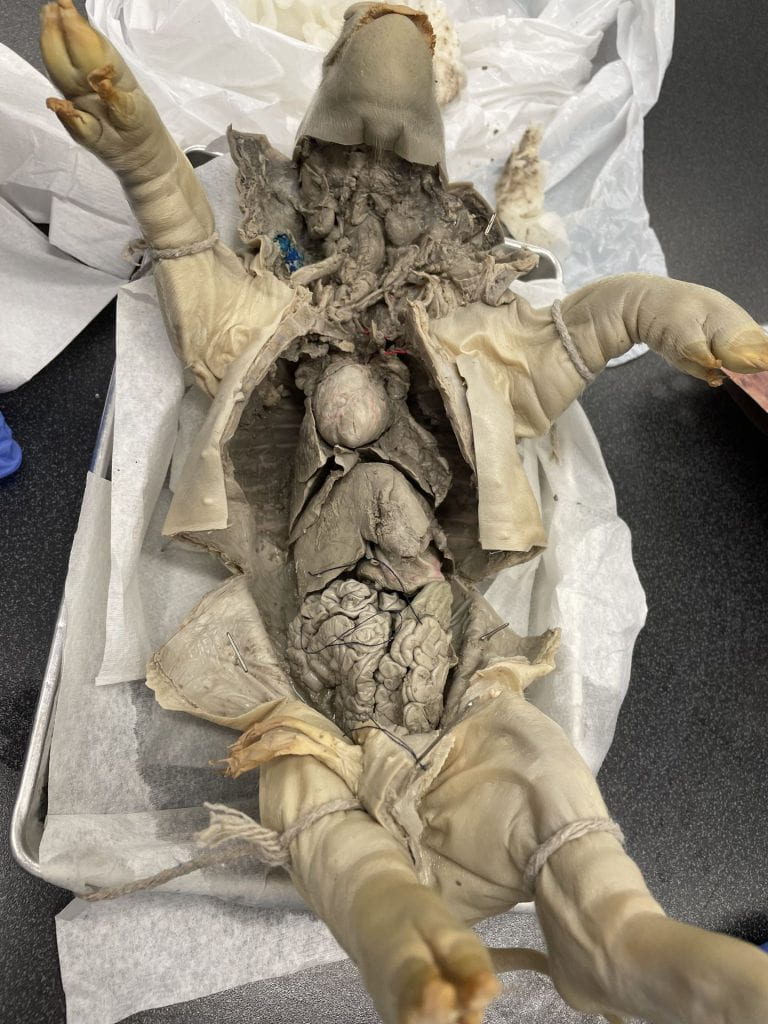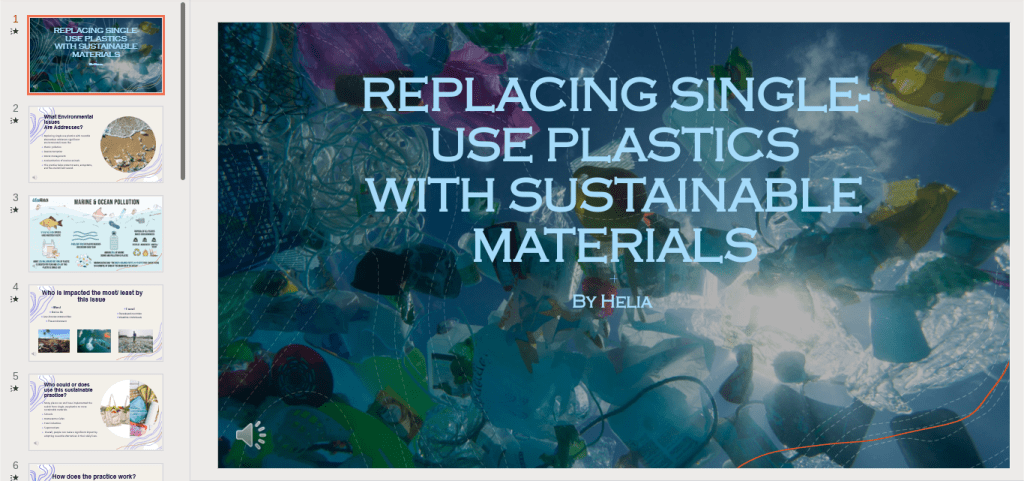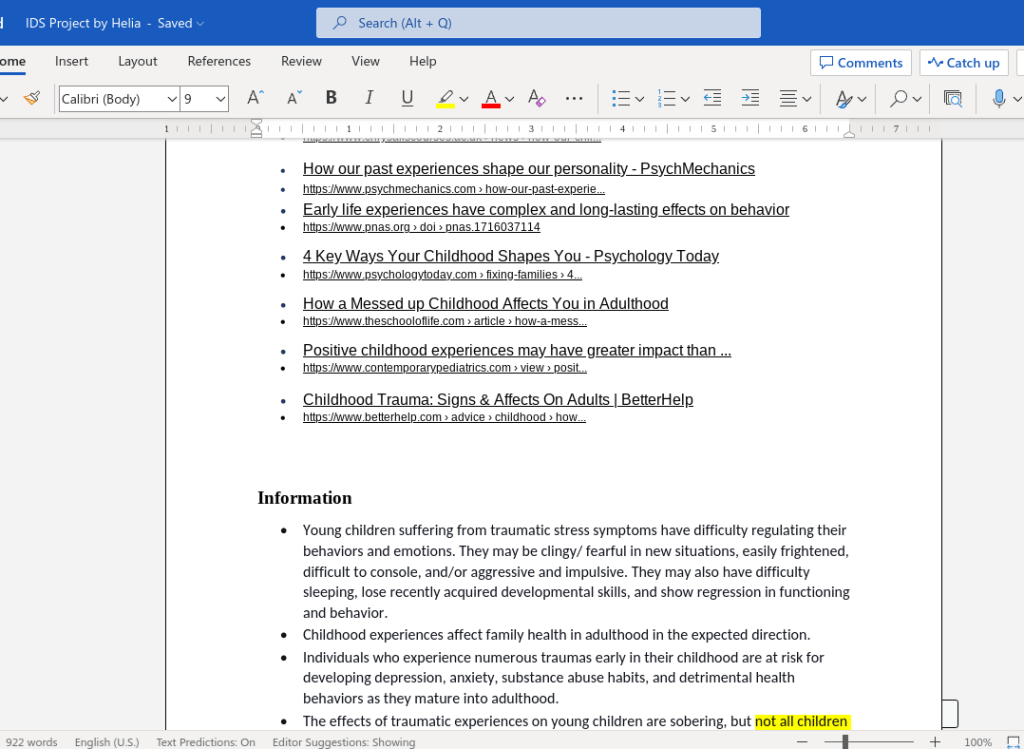The purpose of this essay is to discuss the play, The Crucible. In Particular, what will be discussed is the characters in The Crucible that behave in a confusing manner. This behaviour can best be described and understood using Kohlberg’s moral precepts for explanation. Specifically, Kohlberg has three distinct descriptions of perspectives that individuals adopt, motivating them to behave in certain ways. These three categories are pre-conventional behaviours, conventional behaviours, and post-conventional behaviours. All three categories are factors that are considered when individuals decide to act in any given situation. If we understand the consideration and action, we will be able to achieve a better understanding of the characters.
There are numerous characters in The Crucible that exhibit pre-conventional behaviours. Pre-conventional characters are driven by the desire to obtain rewards or avoid punishment. The first character that is pre-conventional is Tituba this is evident when Reverend Parris says to her “I will take you out and whip you to your death if you do not confess.”(Reverend Parris Act I). Here, Tituba confesses to a crime she did not commit since she is driven by her desire to avoid punishment which leads her to quickly comply with Parris’s demands. This behaviour aligns with Kohlberg’s pre-conventional perspective, where one’s actions are driven by self-interest and the desire to avoid negative consequences. The next character who behaves in a way to avoid punishment is Abigail Williams. She displays pre-conventional tendencies when she falsely accuses others of witchcraft to deflect suspicion from herself. Her statement, “I saw Sarah Good with the devil! I saw Goody Osburn with the devil!”(Abigail Williams Act I) shows her willingness to make false accusations to protect herself from punishment. Abigail’s actions demonstrate how individuals prioritize personal gain over ethical considerations in pre-conventional behaviour. And the final example is Thomas Putnam. His actions showcase his desire to gain rewards through the relentless pursuit of land, as depicted when Giles Corey states, “Thomas Putnam is reaching out for land” (Giles Corey Act 2). Putnam’s manipulation and exploitation of the witch trials to gain more property represent his disregard for moral principles in favour of personal gain. Through these examples, it becomes evident that many characters in The Crucible behave in a way to obtain rewards and avoid punishment.
Many characters in The Crucible are conventional. Conventional characters behave in a way that suggests they want group acceptance and to fit into a group. The first conventional character to be discussed is Mary Warren. She displays this behaviour when she declares, “I go your way no more.”(Mary Warren Act III). Mary’s statement reflects her attempt to fit herself with the girls, she seeks acceptance within their group and therefore attempts to distance herself from John Proctor, who challenges their claims. This behaviour demonstrates Kohlberg’s conventional perspective, where individuals prioritize fitting in and being accepted over independence. The next character who acts in a way to fit into a group is Ezekiel Cheever. He showcases this behaviour when he states, “You know I must do what I’m told” (Ezekiel Cheever Act II). Cheever’s obedience to authority highlights his willingness to prioritize following orders gaining group acceptance over following his own beliefs. The final example is Reverend Parris. He exhibits conventional behaviours when he defends the court proceedings by declaring, “Excellency, you surely cannot think to let so vile a lie be spread in open court.”(Reverend Parris Act III). Parris’s defense of the court’s actions reflects his compliance to authority and societal norms, as he prioritizes the preservation of the court’s reputation over individual justice. Through these examples, it becomes evident that many characters in “The Crucible” behave in a manner that suggests they want group acceptance and to fit into a group at the expense of individual integrity.
There are many characters in the crucible that are post-conventional. Post-conventional characters behave in a way that they believe is correct regardless of punishment, reward, and group acceptance. The first post-conventional character is John Proctor. This is evident when he is committed to getting justice and telling the truth by boldly declaring, “I have known her”(John Act III). Here, John attempts to prove his wife is innocent despite the risk of facing severe consequences for his confession of adultery. Proctor’s willingness to speak out against the prevailing hysteria and his refusal to compromise his integrity illustrate his commitment to higher moral principles beyond societal expectations. The next character who acts in a way that they believe is correct regardless of punishment, reward, and group acceptance is Reverend Hale. This is apparent when he challenges the court’s authority and questions the validity of the accusations. Hale even goes as far as to advise the accused to lie in order to save their lives. Elizabeth Proctor herself acknowledges his change when she remarks, “I think that be the devil’s argument” (Elizabeth Proctor, Act IV). Hale’s willingness to confront his own beliefs and advocate for truth, despite the potential backlash from authority figures, showcases his commitment to moral righteousness above all else. The final example is Giles Corey. When Giles was facing execution for refusal to betray the man who confided Thomas Putnam’s plans to him exemplifies his steadfast dedication to his principles. Here, Corey stoically utters, “more weight,”(Giles Corey Act IV) choosing death over compromising his principles. Corey’s refusal to conform to societal expectations, even at the cost of his life, emphasizes his unwavering commitment to do what he believes is right. Through these examples, it is evident that there are many characters in the Crucible who behave in a way that they believe is correct regardless of punishment, reward, and group acceptance.
In conclusion, it is evident that Kohlberg’s moral precepts pre-conventional, conventional, and post-conventional behaviors have been valuable tools in allowing the reader to achieve a better understanding of the characters in “The Crucible.” These precepts provide a framework for understanding why individuals behave the way they do when faced with certain situations. Through looking at characters such as Tituba, Abigail Williams, Mary Warren, John Proctor, Reverend Hale, and Giles Corey, it becomes clear how pre-conventional motives drive actions aimed at obtaining rewards or avoiding punishment, while conventional behavior seeks group acceptance and fitting in. While post-conventional behavior prioritizes personal principles and moral integrity over external influences. By analyzing the characters through these three categories, we gain deeper insights into the characters motivations and actions, which betters our understanding of the complex social dynamics and moral dilemmas depicted in the play.
